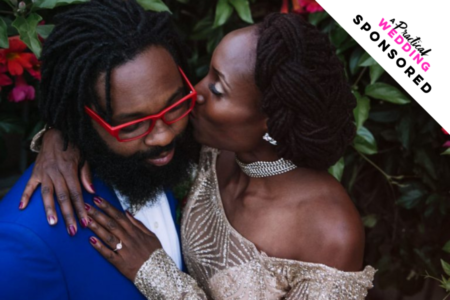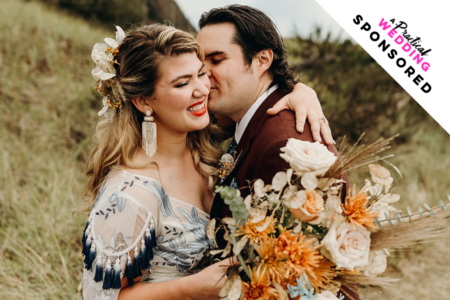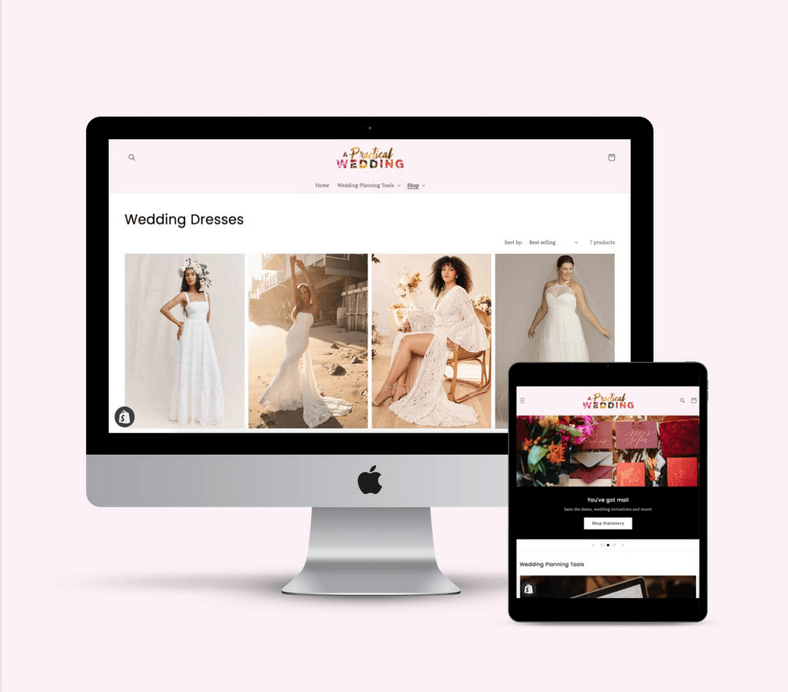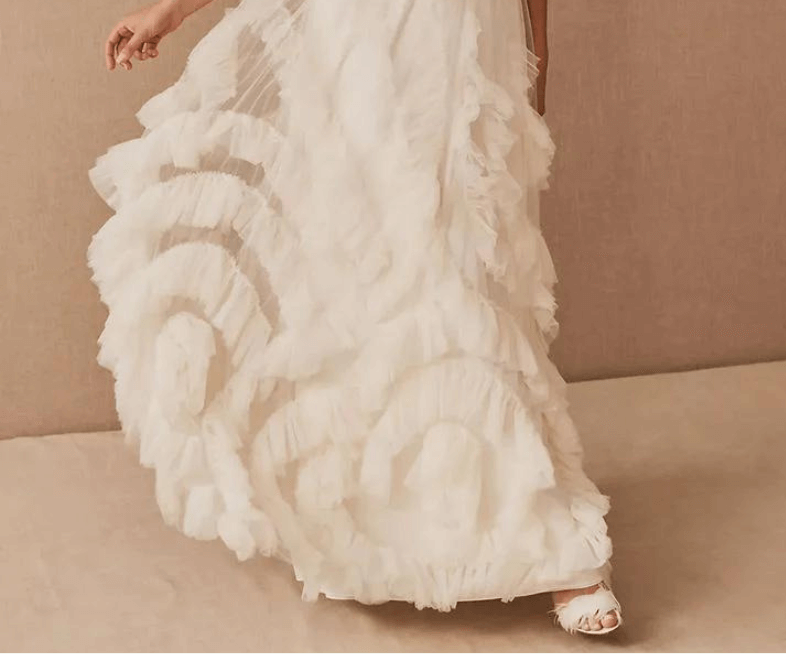When we opened up the application process for our Squarespace small business scholarship in January, we asked applicants to tell us how they’d spend the $5,000 if they won. The overwhelming reply? Networking and publicity. It makes sense. The Internet is huge. It’s easier than ever to get your name out there, but it’s also harder than ever to make a splash. It can be especially difficult during the early stages of building a business, when you’re not sure you even have something to promote. Should you have better photography first? A more professional website? (Hint: there’s Squarespace for that.) More experience? What if they just don’t like your product?
The simple truth is, we all start somewhere. If you ever want an ego boost, go look at the early work of your idols and then realize that they probably started where you are right now. But it’s a mistake to believe that just because you build something awesome, people will come. Networking is a skill and an asset to your business (or career in general), and anyone who says differently… is probably your competition. But self-promotion goes against so many of the values that women are raised with. We’re taught from a young age not to take up space, or be pushy, or demand attention. So many of us often wait to be asked before we give our elevator pitch (and then fumble it, by saying we’re “kinda” doing “this thing,” but “it’s not that important or anything”). And that only results in someone else offering up their unapologetic elevator pitch first.
So how do you make a first move when you’re just getting started?
Thanks to Squarespace, we had the opportunity to interview Gilit Cooper of The Bannerie (she makes glitter banners for boss babes), for her best tips on getting your name out there when your business is still getting up off the ground. In just one year, Gilit has turned cardstock and a quick wit into a thriving business, all through smart social media outreach and word of mouth. Total spent on advertising and professional networking? Zero dollars (unless you count free banners, but we’ll get into that in a minute).


APW: Your business is about to turn a year old. How did it get started?
Gilit: I studied arts management of FIT (which is the business side of art), and I loved every part of it. But the jobs that came with that degree meant that I would have to be working all night and day. And while younger Gilit was super into that, college-graduating Gilit had one kid and another on the way, and that wasn’t the life I wanted to be leading. So I started a blog because I wanted my name to be easily searchable when I applied to jobs. As I got more into it, I started making parties prettier. I worked really hard on them, and people were always asking me to make them decorations. So one day I was sitting next to my husband on the couch and I was like, “I could make banners and I could sell them and I could make money.” So I spent the next three months reading, and researching and designing and talking to everyone. And it was the most exciting three months. I opened my store on Etsy and just went for it. It’s a very different business now than it was when I started.
APW: Can we talk about that? I feel like so many small business owners, or anyone really, feels like there will be a point when they are ready to put themselves out there. How has your business evolved since you started?
Gilit: When I went in, I had kind of a clear vision, which is so different from my vision now. Right away people were asking for custom items (also can you rush it, and can you make it like this instead?) and I always said yes because I wanted to make money. And it was a terrible idea, because I was not sleeping. And I was miserable. And I didn’t see the kids or my husband. And my brand was all over the pace. Just look at this early collection. (My stomach would just drop whenever I got an order for some of them. That’s really how I knew they were the wrong thing to sell. Your product shouldn’t make you want to barf.)

And my first postcard. You can see I already had a thing for pink and there’s a little bit of playfulness, but there are like a million fonts (choose two!) and not much personality.
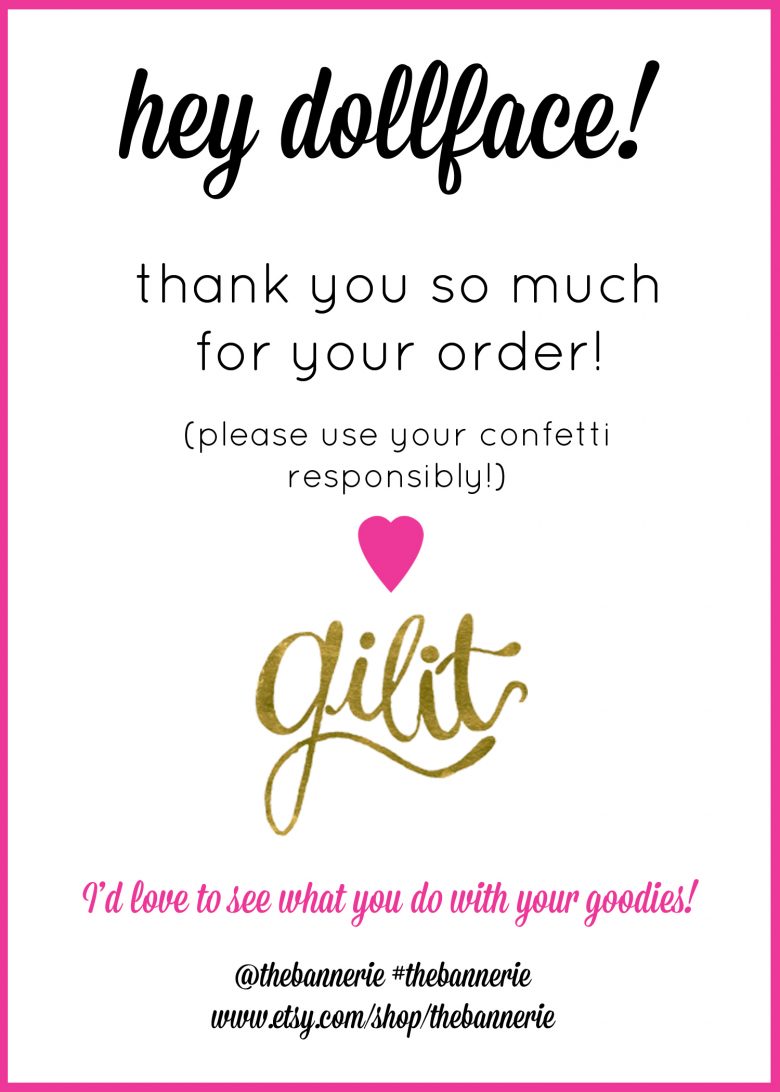
So when I stopped that and focused just on glitter letter banners, it was a game changer. This is how The Bannerie banners look now:
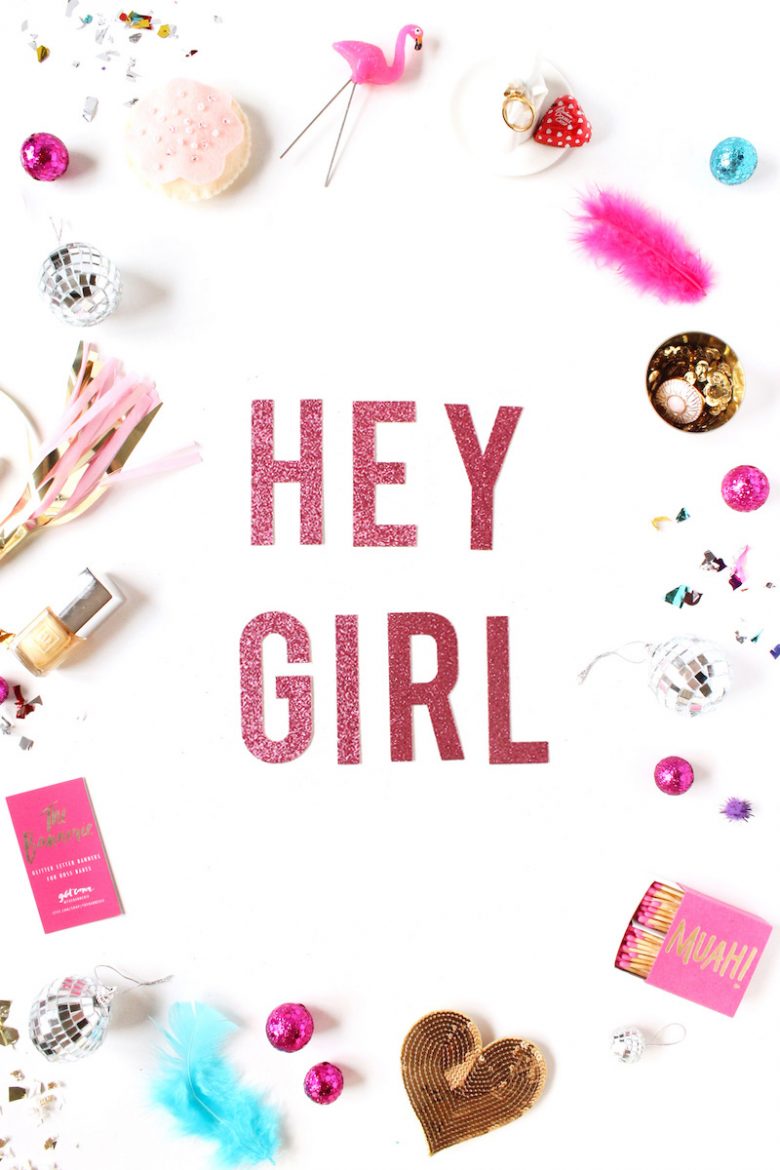
APW: What were some of the other challenges that you originally faced when starting your business?
Gilit: There were so many in the beginning! It was very hard to figure out pricing. It’s really terrifying because you’re saying, “This is how much my work is worth.” And you don’t want to make that number too high because you want people to buy your product. But you don’t want to make it too low because your product is your time and effort and supplies.
APW: So many small business owners struggle with pricing. What’s your recommendation for finding the sweet spot?
Gilit: There are formulas online, but the second it looks “businessy” to me, my eyes cross. I need it in layman’s terms. But I found one formula that’s worked for me. The basic idea is that you want seventy percent profit. So you take the cost to make your product, divided by the price you sell it for, and you get X. Subtract X from one and you get your price. Don’t forget packaging, shipping, and everything else (and enough left over that it feels like it’s worth your time).
APW: If you’d asked me how long I thought you were in business, I would have guessed two or three years. You came out of the gate strong. How have you been able to get so much attention (and subsequently business) in such a short period of time?
Gilit: We are living in an age when you don’t have to pay for marketing if you don’t want to. There’s Instagram, and Facebook and Mailchimp and blogging (and a million other platforms). My magic formula is that I have Instagram, Pinterest, my blog and my shop. And it all points to each other. I pin from my blog and I pin from the shop and when I pin, I make sure to pin to boards that are relevant. And I make original content on Instagram. (Side note: I tend to unfollow people who just regram other people’s stuff. Make original content!) All my platforms talk about and link to and point to each other. And I try to gather people who I feel like are my people from those sources.
APW: What if you can’t hire a professional to do your branding so that you can have all those cohesive elements?
Gilit: The most important thing is to define who you are. You know in high school when you made those little spider charts with the circle in the middle? I made a little circle that says “Bannerie” and I put a bunch of words around it that described the company. Then refine it and refine it again and refine it one more time. And the words you’re left with, those are your brand. And you stick to that brand, and everything you do sticks to it. I know that I’m supposed to be “cheeky and empowering and girly.”

APW: Speaking of girly, do you struggle getting people to take your business seriously when it is so girly?
Gilit: I struggle saying with a straight face, “I sell glitter banners.” Oh cute, is the response I get a lot, which can be so belittling. Like, That’s adorable of you, little girl. That cute little side thing that you do.
APW: How do you combat feedback like that? I feel like those kinds of remarks can be so devastating when you’re first starting out, because in the early stages, you’re just looking for any signs of encouragement.
Gilit: I would encourage this for anyone: I call it my awesome folder. And any time anything awesome happens, I take a screenshot. And any time something shitty happens, I look at my folder and it makes me feel better.
APW: Okay, so let’s talk about networking in more actionable terms. Can you breakdown the how of networking? How do you reach out to people you’ve never met and who probably have no idea who you are?
Gilit: First, look at the people and companies that mesh with your brand. Those should be the people you’re reaching out to (and figuring out the who is really the first step). But next and most important: Be genuine. I know that just sounds like words, but I mean it with every ounce of myself. People are smart and they can sniff out a fake from a mile away. If you are constantly like, “Oh your product is so cute. It kind of looks like my product, will you come look at me?” Yeah, maybe I will. But that’s not genuine. If you’re someone who comments all the time, and your comments are thoughtful and responsive, then I will take a look at your work for real. I share ideas I genuinely believe in. I share companies I genuinely love. And I share myself very genuinely. Also, if you can find a way to completely inhabit yourself and be comfortable with who you are, then it kind of makes everything easier in marketing. Because if you know who you are, then you don’t have to try hard to be something. You just… do you. And people respond to that.
APW: So much of early networking is basically asking other people to pay attention to you. How do you ask people for things when you don’t know them and they probably have a dozen other people asking for things?
Gilit: On the receiving end, I don’t like when people dance around. Tell me what you want. Be straightforward. Include a link to your store. Include photos of your work, make it easy for someone to say yes to you. I have asked people to include me as part of the network that connects bloggers and brands. And I’ve asked to be part of somebody’s swag bag (that part got easier because I eventually realized I was giving free stuff).
APW: Do you advise giving away things for free when you start networking?
Gilit: YES. But not beyond what you can. Always know your bottom line. And be smart about what you’re giving away. Find someone who is bigger than you and give them something for free. As I’ve been getting bigger and needing the publicity less, I’ve been very selective of who I’ve been giving things to.
APW: How big of a fish should you go after when you’re just starting?
Gilit: I always go for bigger than I am, but not so big that there’s no way they can hear me.

APW: And what if they say no?
Gilit: What’s that saying? Don’t say no before someone else has the chance to? If people aren’t into your business, they will say no. But that shouldn’t stop you from wanting things. Check out 100 No’s. The first time you send out an email asking for something is so scary. But eventually, “no” loses its power (which is kind of empowering in and of itself).
APW: Since lots of our readers are just starting businesses now, can you tell us what your biggest mistakes were in your first year of business?
Gilit: One: Saying yes way too often. Or not knowing how to say no. Two: Not setting boundaries. It’s a mistake in life, and in business. I needed boundaries for myself and for customers. I think the best piece of advice I got was to envision my life, not just my business. What do I want my life to look like? I don’t want my life to look like I work all the time. I want it to look like working hard all day, and then closing up shop.
APW: What’s the one piece of advice on starting a business that you would give to other small businesses?
Gilit: You have to be incredibly self-disciplined. Because you are in charge of everything, and nothing will move forward if you don’t make it move forward.
Have questions about #Pinkentrepreneurship and starting a business? Leave them in the comments for next time!

This post was sponsored by Squarespace. Thank you Squarespace for helping make the APW mission possible, and our dream of supporting #PinkEntrepreneurs a reality. The Squarespace mission is to provide creative tools that give a voice to your ideas, and a home for your business. (You can find out how the new Squarespace 7 makes that even easier by clicking right here.) In conjunction with our #PinkEntrepreneurship series, Squarespace is offering APWers a 10% discount on yearly subscriptions when you use the code APW15 at checkout. Click here to get your business website started today with a free 14-day trial from Squarespace.



